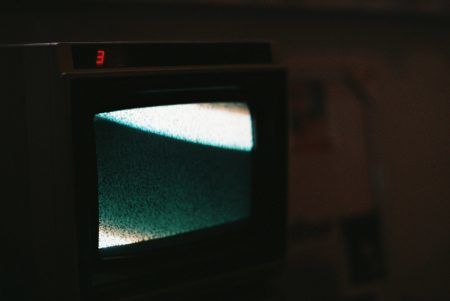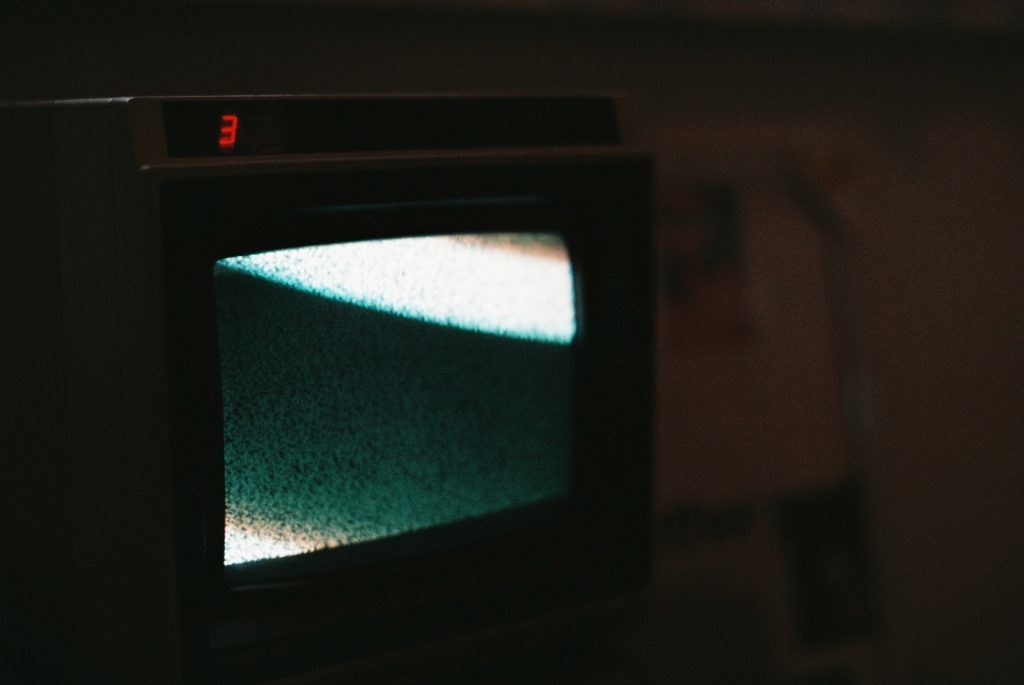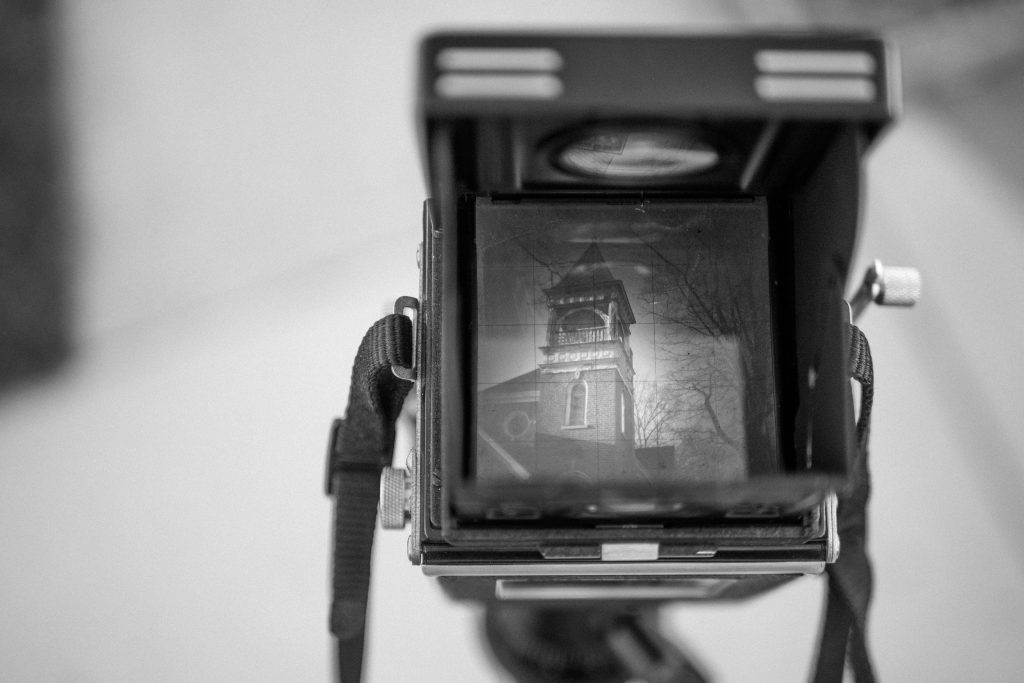It’s been well over a hundred years since the first horror movie was created—since it’s fair to say that the three-minute short film, Le Manoir du Diable (1896) counts as the first horror film ever created. Known in English both as The Haunted Castle as well as The House of the Devil, which you can actually watch here. While considered tame by today’s standards of the horror genre, it launched a multimedia genre that has gotten increasingly popular over the last one hundred twenty-four years. The sheer number of horror movies made per year continues to grow steadily, but since 2001 it has been an ever-accelerating trend—sources cite that by the year 2000 an approximated two-hundred horror films had been produced, then by 2016 the number had jumped to well over a thousand films in the genre.
This says nothing of the vastly different topics that this genre actually covers, which essentially has a taste of every kind of interest paired with the one thing that brings horror lovers together—the fear factor!
Popularity Within Horror—What Draws the Audience In?
It used to be that gory, disturbing, and slasher flicks brought the crowds in, at least that’s what the data has said since 1996. Interestingly enough, ever since 1999 this particular subgenre of horror has dramatically declined, coinciding with the introduction of stellar horror movies that fall within other genres, especially the paranormal and supernatural subgenre.
Gore, Disturbing, and Slasher Films
For those of you unclear about what thematic elements cause a horror movie to be classified as either a gore, disturbing, or slasher film, I’ll clear that up here. Gory and disturbing movies tend to focus on portraying violence, blood, and guts in the most graphic way possible—the general emphasis is the shock factor. Violence tends to incite the fight or flight instinct that lays within each and every one of us, which in turn causes a huge release of adrenaline as well as mood-altering hormones. It’s safe to say that real-world events had some impact on whether or not a person might want to go see a horror movie that depicted obscene amounts of violence, as the early 2000s displayed a steep decline of this violent subgenre of horror. There have been exceptions to this rule, of course, the Saw movie franchise and the rebooted Hellraiser franchise enjoyed success, but 2008 marked the rapid drop in popularity. To compare fifty percent of the horror movies produced in 1999 were categorized into the gore, disturbing, and slasher film genre, whereas it now makes up less than fifteen percent of horror films being made. That being said, it’s been suggested that much like senses of fashion, certain trends are cyclically popular and that the gore, disturbing, and slasher subgenre should be expected to make a comeback sometime in the future.
Audiences have a remarkable fascination with gory violence and disgusting scenes, and scientists who have studied the depths of human recall, when surrounding horrific events have discovered—not surprisingly—that participants in this study had detailed recall of the scene itself, but the overwhelming nature of the event causes a “temporary blindness,” in our memory of what happened just before and just after the event. This is why gory movies are so jam-packed full of violence—they want the movie to be memorable, even if they aren’t the best movies ever. As an example, films like Cannibal Holocaust (1980) and Green Inferno (2013) are talked about more frequently than any other horror film simply because of the abhorrent events that take place within the film. These films often surpass box office hits like Saw (2004) and Hostel (2005) when it comes to how memorable they are because these movies are violent and gory just for the sake of being violent and gory.
Cannibal Holocaust (1980) continues to be talked about today because it was legitimately believed to be a snuff film and the director even got brought up on murder charges until he produced the actors that were believed to have been killed during filming—that’s not all though, it featured live animal torture and is now one of the main reasons why films are required to divulge that “no animals were harmed in the making of this movie,” in a testament to animal cruelty laws that are now in effect. Films like this were made for shock value and although they remain in the memory of those who have dared to watch them, they leave the audience feeling somehow dirty. Suffice it to say, watching a movie like this once is often overkill if you like horror for more than just shock value.
Bridget Rubenking and Annie Lang argue that even though disgust makes us feel bad, it has evolved to a functional response of attention capture—as a form of entertainment, filmmakers can’t lose with the factor of disgust on their side. It keeps audiences engrossed and engaged, hoping that somehow the story gets better. From the 482 participants that were studied in Germany and the United States, they reached a conclusion that gory scenes function to reinforce our hope that good will inevitably triumph over evil.
Paranormal and Supernatural Films
While it’s clear that not all paranormal and supernatural films can be classified as horror movies, which can be easily explained by referencing A Ghost Story (2017)—a movie where the featured version of ghosts is literally a guy wearing a sheet with eye-holes cut out, over his head and walking around in a kind of vacant melodrama. A Ghost Story (2017) isn’t meant to be a scary movie, it’s meant to be a depressing drama and honestly kind of failed at that too. The horror franchise marks paranormal and supernatural movies as having content that, “deal[s] with phenomena which defy scientific explanation such as ghosts, demons, psychics, the dead and other such spooky experiences.” These days, paranormal and supernatural take the proverbial cake, as they become increasingly popular in production and now take up the largest share of the box office. It’s thought that this trend is due to the mysterious nature of this subgenre of horror—people like to be kept guessing what is going to happen next. A huge benefit to the volume of production for paranormal and supernatural films versus monster films and violent flicks is that they have a low cost to produce—with ghosts and other paranormal phenomena it’s what is left unseen that makes the movie more compelling. With a low cost in production means that more ideas are able to be brought to fruition on-screen without the burden of raising funds or seeking sponsors. The major uptick in viewership of paranormal horror came with the beginning of the Paranormal Activity franchise, which hundreds of films being added into the genre.
Low budget costs for creating a movie means that creating a captivating film becomes more attainable for people that aren’t already known in the film industry. So, these paranormal and supernatural films are brought to us from a wider collective of filmmakers who have fresh and exciting ideas, original takes on existing content, or a new idea entirely—then they help thrill-seekers who have an affinity for horror find their adrenaline rush.
What this means for the Horror Genre
Violence and Monster-centric movies aren’t going to die out anytime soon, don’t worry—we’re still going to have plenty of new slashers and monsters coming (we’re personally excited about Antlers (2020) coming out this April. So while the popularity of these movies may have decreased to the point of minimal production, it seems like the ones that do make it end up generally being well worth the watch. Take Films like I Am Legend (2007) and World War Z (2013) as examples, both were large budget movies (over $150 million dollars each) and unqualified successes within the monster subgenre. Then again, despite the average horror audience’s proclivity to enjoy things that scare or disturb them, they inevitably want to see a positive ending—instead of being left with an ending that raises questions or leaves the audience wishing for some emotional closure. This can be seen in how I Am Legend (2007) was released with two different endings, one in which the main protagonist sacrifices himself and the one that was ultimately used for the final cut—where the main protagonist finds a way to fix the problem.
Why We Keep Watching
Horror films are entertaining—anyone who enjoys watching them would wholeheartedly agree—according to Søren Birkvad, a film scholar at the Inland Norway University of Applied Sciences—they are a way we keep the boredom away. Those who are prone to boredom more often than not, score higher than others in a trait dubbed, “sensation seeking.” These people are then more likely to have an increased affinity for horror films.
Horror films help us explain away the evil and darkness in the world—they enable us to essentially get to the root cause of why evil exists in the world. Whether or not it’s the true cause of evil doesn’t really matter in this scenario, because the fictional explanations give the audience closure for their curiosity. If people want true reasons why people do awful things to one another, they generally have a fascination with movies or television series that revolve around serial killers, who have been psychologically studied and often diagnosed with a mental disorder—psychopathy, sociopathy, the worst of the worst helped define evil within forensic psychiatry.
In modern culture, it’s a rarity to discuss evil as a true force of nature—what drove the conversation before was the dominant religious influence within western culture. The beliefs of religious extremists, it’s simply not common for people to believe in a demonic force within the world; in popular culture, especially within books and movies, evil is easily conveyed within the horror genre. More and more noticeably we’ve seen the gore and monster subgenre move from the fantasy realm to the science fiction realm, where instead of relying upon the explanations from the church, we’ve begun to explore the hubris of man. Unexplainable forces that were responsible for vampires and zombies turned into explainable scientific procedures gone wrong—in the form of viruses, or cures, they generally allude to man trying to play the role of God.
The final reason why people frequently seek out the thrills that horror movies provide is what Birkvad calls the anthropological and therapeutic utility of horror film. Birkvad insists that horror movies help us to cope with our own anxiety by stimulating us through a “familiar framework,” which is essentially our safety net. The audience need never overwhelm itself with how they would feel if these film sequences were really happening in front of them, as they can easily disconnect from the action—cover your eyes, cover your ears, make a joke to ease the tension, or indulge in comfort foods.
In psychology, we call this activation of a feeling “emotional regulation.” By watching horror films one can have a sense of control over both the situation, or the viewing experience, and over the feeling of fear. Watching a scary film may possibly also function as a distraction from other feelings.
Svein Åge Kjøs Johnsen
Freud’s attempts to provide a reason to how we perceive things that are considered strange or unusual—he insists that entertaining the idea of the existence of ghosts can create undue excitement, so when we experience things that we cannot explain it incites the adrenaline response. Then again, considering Freud’s work on behavioral psychology he also insists that we never fully overcome the triggers of stress and anxiety from our childhood. Fear of the dark, excessive solitude and eerie silences are things that some adults just can’t shake the trepidation of. Come to think of it, have you ever had an unbearably awkward silence with someone you’ve just met—it stands to reason that the feeling of anxiety most people get from those awkward silences stems from the same source.
So, what are your thoughts on why we as horror lovers have moved away from the gore and violence and begun to embrace paranormal and supernatural themes within the horror genre?

Georgia-based author and artist, Mary has been a horror aficionado since the mid-2000s. Originally a hobby artist and writer, she found her niche in the horror industry in late 2019 and hasn’t looked back since. Mary’s evolution into a horror expert allowed her to express herself truly for the first time in her life. Now, she prides herself on indulging in the stuff of nightmares.
Mary also moonlights as a content creator across multiple social media platforms—breaking down horror tropes on YouTube, as well as playing horror games and broadcasting live digital art sessions on Twitch.




